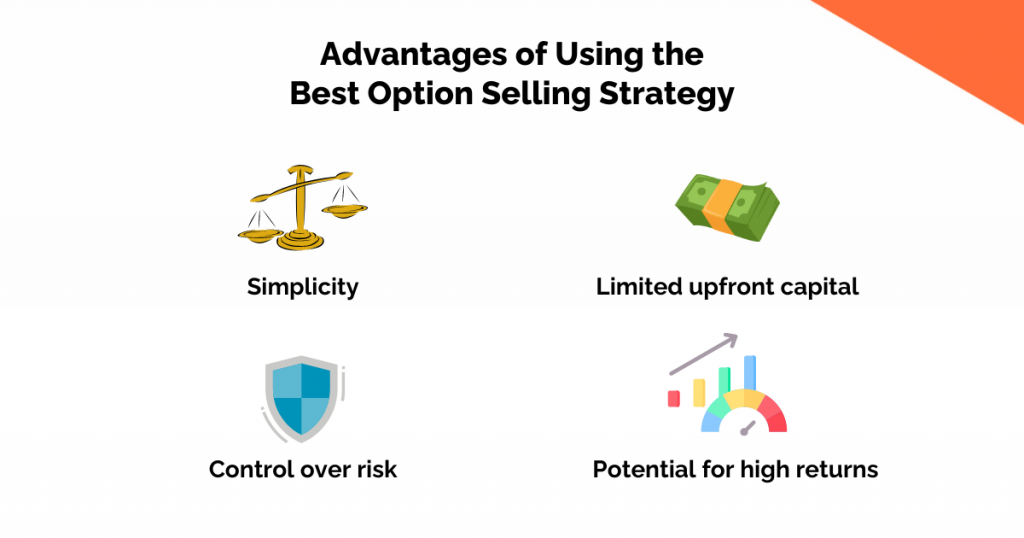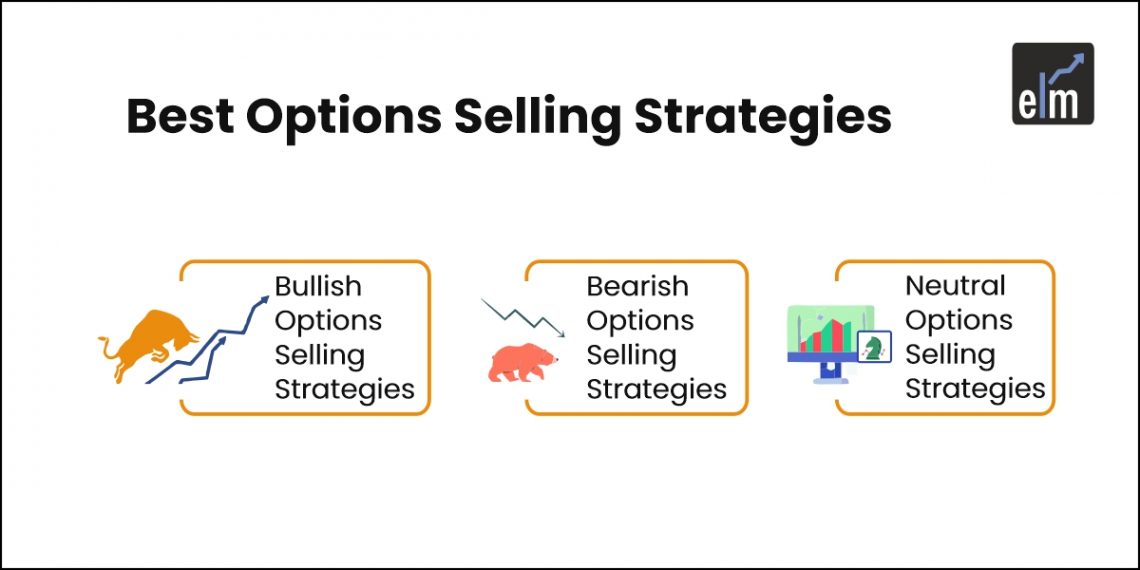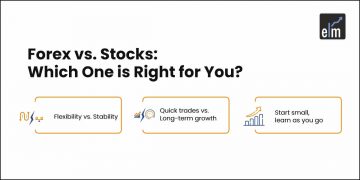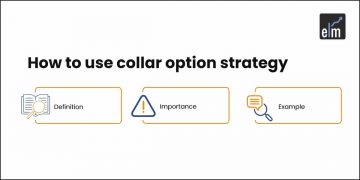Key Takeaways
- Options selling strategies can be bullish, bearish, or neutral, and are used to earn premiums based on the trader’s market outlook.
- Bullish strategies like Covered Call, Cash-Secured Put, and Bull Put Spread aim to profit when the underlying asset is expected to rise.
- Bearish strategies like Covered Put and Bear Call Spread are used when a decline in the asset’s price is anticipated.
- Neutral strategies like Short Straddle, Short Strangle, and Iron Condor aim to profit when the asset’s price stays within a range.
- Benefits of option selling include upfront premium income, limited capital requirement, defined risk (in many strategies), and potential for steady returns.
It is frequently stated that 80% of options expire worthless globally. According to this figure, a sizable majority of options sellers make money through options selling strategies,
However, in order to reduce the significant risk involved in this options strategy, options sellers must enter the market with a clearly defined options selling strategy.
Option selling, often called writing options, is a trading practice used in the financial markets in which a person sells options contracts to other market participants, called options seller or writers.
The option contracts, which can be put or call options, grant the buyer the right, but not the obligation, to purchase or sell the underlying asset at a certain price (referred to as the striking price) within a given time frame (referred to as the expiration date).
Let us discuss some of the options selling strategies that can be implemented when trading in the options-
Table of Contents
Types of Options Selling Strategies
The Options Selling Strategies can be bullish, bearish or neutral. Let us discuss each of the categories in detail-
Bullish Options Selling Strategies
When a trader anticipates an increase in the price of the underlying asset, they will implement selling options strategies.
These strategies entail selling options in order to profit from the anticipated price increase and create quick cash (option premium).
Let us discuss some of the Bullish Options Selling Strategies:
- Covered Call: Involves selling a call option against the underlying stock and holding the stock itself. Covered Call Strategy makes money from the premium on the option and restricts possible gains in the event that the stock price rises above the strike price.
- Cash-Secured Put: Involves keeping the identical amount of cash in a margin account and selling a put option. This strategy makes money from the premium on the option. It makes the seller acquire the stock at the striking price in the event that the price drops below that threshold.
- Bull Put Spread: Involves purchasing a put option with a lower strike and selling one with a higher strike. The Bull Put Spread strategy makes money off of the received net credit. And restricts both possible loss and potential profit.
Bearish Options Selling Strategies
When a trader anticipates a decrease in the price of the underlying asset, they will utilize selling options strategies. These methods include selling call options, which bring you money right away (the option premium) and allow you to profit from the anticipated drop in price.
Let us discuss some of the Bearish Options Selling Strategies:
- Covered Put: Covered Put writing involves a short in a stock/index along with a short Put on the options on the stock/index. The Put that is sold is generally an OTM Put. The investor shorts a stock because he is bearish about it, but does not mind buying it back once the price reaches (falls to) a target price.
- Bear Call Spread: This strategy entails purchasing a higher strike call option and selling a lower strike option. It makes money off of the received net credit and restricts both possible loss and potential profit.
Neutral Options Selling Strategies
Let us discuss some of the Neutral Options Selling Strategies:
- Short Straddle: Involves offering to sell both a call option and a put option with the same expiration date that are at-the-money. The profits in the event that the price of the underlying asset stays largely steady. Potential for infinite loss should the underlying asset move considerably either way.
- Short Strangle: Selling call and put options that are out-of-the-money is similar to a short straddle. It produces a larger premium but a lower profit probability than a short straddle. Potential for infinite loss should the underlying asset move considerably either way.
- Iron Condor: A bear call spread combined with a bull put spread. It defines the possibility for both profit and loss and less profitable but less risky than short strangles and straddles.
Advantages of Using the Best Option Selling Strategy
Some Advantages of Using the Best Option Selling Strategy

1. Simplicity
Compared to complicated trading methods, option selling strategies can be easier to comprehend and put into practice. This make them more accessible to a larger group of potential investors.
2. Limited upfront capital
Selling options produces cash right now, as opposed to purchasing options, which necessitate paying the entire premium upfront. This enables traders to effectively manage their capital.
3. Control over risk
Several ways for selling options have specified risk profiles. Traders are able to calculate their maximum possible loss in advance.
4. Potential for high returns
Over time, option selling can produce steady revenue, but it’s not certain.
Significant returns on investment may be possible with the option premium that is collected.
Conclusion
But keep in mind that there are risks associated with selling options. It also has drawbacks of its own. Unlike option purchasers, who have a capped risk at the premium paid, options sellers are exposed to an infinite potential loss. In order to protect themselves against possible losses, brokers frequently require options sellers to provide substantial margin deposits, which can tie up a sizable sum of money. It is impossible to ignore the inherent market risk since options sellers may suffer significant losses as a result of abrupt and unforeseen changes in the price of the underlying asset.
For more market updates, Visit StockEdge
Frequently Asked Questions (FAQs)
Is option selling really profitable?
When someone sells options, they might make money by receiving the option premium up front and hoping the option expires worthless.
Which option selling strategy is best for intraday?
The best selling intraday strategy depends on a number of variables, including the trader’s objectives, analysis, and willingness to accept risk. Momentum and reversal tactics are two of the most widely used selling techniques for intraday trading.
Is selling options better than buying?
Although selling options might result in instant money, the seller runs the risk of incurring limitless losses. The upside and downside of sellers’ spreads will be restricted if they also purchase additional options.






